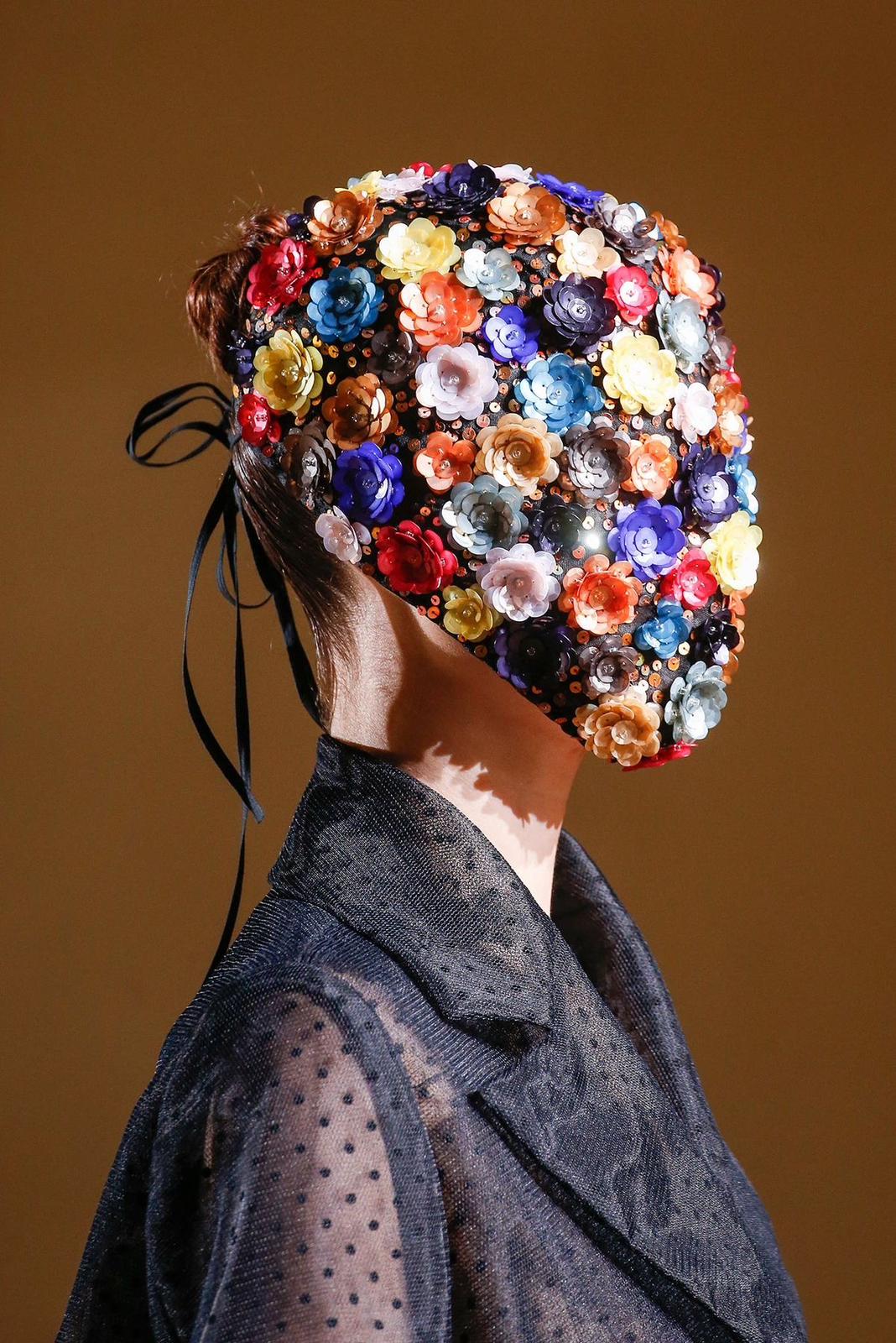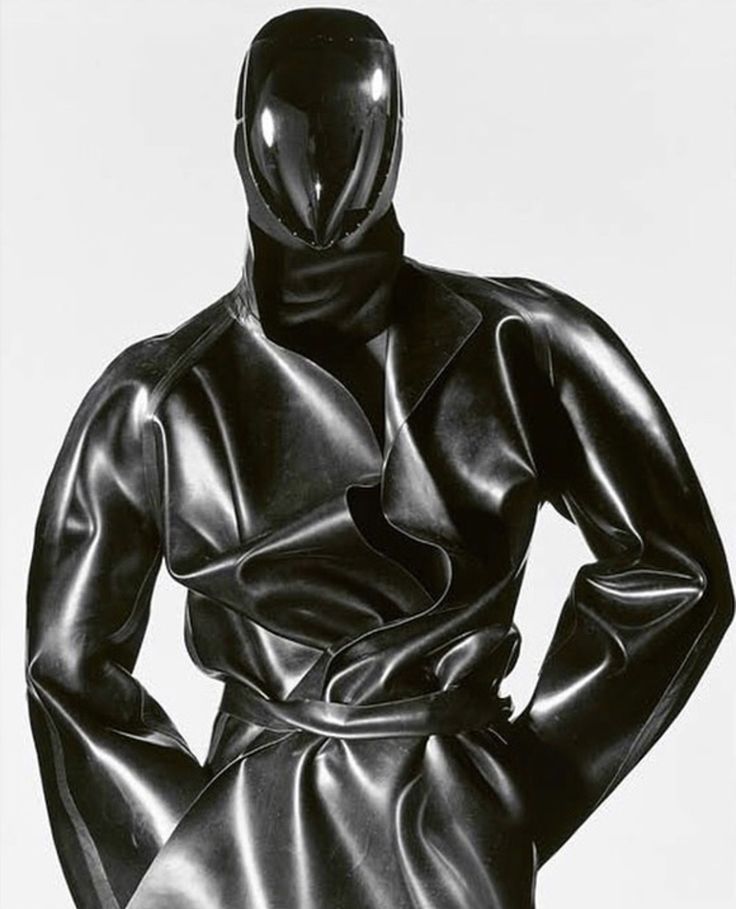Maison Margiela: The Icon of Avant-garde and Anonymity
Maison Margiela is one of the most iconic and innovative houses of contemporary fashion, founded in 1988 in Paris by Martin Margiela, a Belgian designer known for his avant-garde vision and his nonconformist approach to fashion. The history of the house is marked by the search for anonymity and the break with the traditional conventions of the fashion world.
The Elegance of Anonymity and the Revolution in Fashion
Martin Margiela was born in Brussels in 1957 and began his career working as an assistant to Jean Paul Gaultier, one of the most influential designers of the 1980s. He received his academic training at the Royal Academy of Fine Arts in Antwerp, one of the most prestigious fashion schools in the world. However, it is his unique vision and attention to detail that stands out. In 1988, he founded his own fashion house with a very clear concept: to reject the ego and individual visibility, choosing to remain in the shadows, away from the spotlight.
Minimalism and Deconstruction as a Brand Philosophy
The choice of anonymity is one of the most fascinating aspects of the brand. Margiela never appears in public or gives interviews, and for years his identity remains a mystery. The maison, since its inception, has stood out for its minimalist, essential and conceptual design. The brand's logo is made up of numbers that identify the different product lines (for example, line 0 for men's and women's collections, line 1 for shoes and so on), emphasizing the impersonal and deconstructed aspect of the brand.
Deconstruction and Sustainability as a Fashion Revolution
Margiela is known for using unconventional materials and recycling existing garments, reworking them into new designs. Deconstruction is a key principle in his work: garments are often dismantled and reassembled, with visible seams and the use of non-traditional shapes. The house also introduced the idea of “ready-to-wear” in a more intellectual format, countering the glossy and perfect image that dominated fashion at the time.
Accessories and Anti-Fashion: Margiela's Stylistic Revolution
In 1997, Margiela launched his accessories collection, which became another pillar of the brand. Among the most famous creations are the deliberately aged white sneakers and the use of footwear that mixes different styles, such as pointed ankle boots and sandals with block heels. The house also has a strong connection with the concept of “anti-fashion”, questioning the system of seasonality and fleeting fashions.
In 2009, Martin Margiela left his fashion house and since then the artistic direction has been taken over by various designers, while keeping intact the philosophy he had created. In 2014, John Galliano, former artistic director of Dior, was appointed creative director, bringing a new vision to the house while respecting his legacy.
Postmodern Audacity Redefining Fashion
Maison Margiela, while evolving over the years, continues to represent an ideal of haute couture that does not bend to the rules, celebrating experimentation and breaking with fashion traditions. Its history is that of a maison that has helped define postmodern aesthetics, proposing a unique and bold vision of the fashion system













